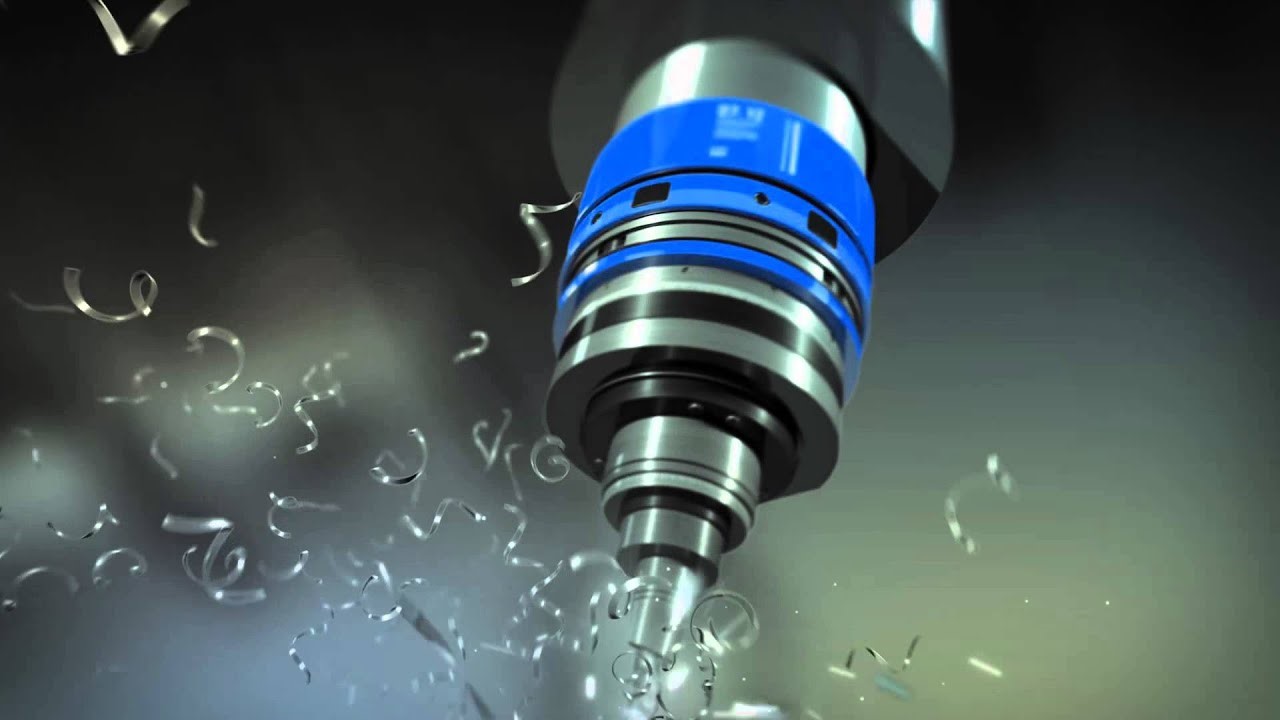Not too many people take the time to think how different equipment parts are manufactured. CNC (computer numerical control) machining is an excellent example of how far technology has come and now gives us new manufacturing methods for producing anything from round flat washers to custom-designed eyeglasses.

With the assistance of CNC machining, you can turn a solid block of material into an intricate equipment component. The software-controlled machine operation allows for highly precise results.
So whether you are a custom fastener manufacturing company or an independent jewelry shop, CNC machining is increasingly likely to be part of your work process. CNC works for one-time projects or high volume production. It can produce thousands of identical parts.
CNC machining is the general name for two approaches to part manufacturing: CNC milling and CNC turning. Let’s cover how each of them works.
CNC Milling
CNC milling is the most popular CNC machining approach for the manufacture of various parts. It’s often used as a synonym to CNC machining.
During the CNC milling process, a part is held still by the equipment while a number of rotational cutting tools move to shape it through automated actions defined by the computer program. The provided CAD model is broken down into a series of commands, which the CNC machine follows with the utmost precision, translating specs into physical results.
CNC Turning
When it comes to CNC turning, a part is installed on a rotating base inside the machine. While the part is rotating, several cutting tools shape it. This ensures the manufacturing of parts with symmetry along the central axis.
The algorithm of transforming the CAD model into a series of commands for the machine is the same as in CNC milling. However, CNC turning is usually faster and less expensive than CNC milling.
What Industries Is CNC Machining Used In?
The majority of engineering materials can be CNC machined. So, which industries are most likely to benefit from these methods?
One of the biggest industries to use CNC machining is automotive. CNC machining is vital to manufacturing vehicles quickly. CNC machines help produce shafts, gears, gaskets, and a wide variety of small parts, which would take months to manufacture using manual processes.
CNC machining is also an irreplaceable approach for collectors, who are looking to fix vintage items. Even if the spare parts aren’t manufactured anymore. By drafting a computer model, a person can have the part produced in no time.
The aerospace industry also greatly benefits from CNC machining. This sector requires all the spare parts to be highly precise. A small error can lead to a disaster. Meanwhile, the industry usually uses complex materials, which need a careful approach provided by CNC machining. From simple flanges to seat frames and tray tables, CNC machining can do it all.
Other industries CNC machining is used in are:
- Military Manufacturing
- Jewelry
- Architecture
- Interior Design
- Woodworking
- Plumbing
- And many others
CNC machining is integral for manufacturing different spare parts for numerous equipment in many industries. That’s not to say CNC milling will replace all manufacturing methods; there is still a lot of economy and reliability in producing parts using conventional machining. For example, Superior Washer is still able to produce billions of mil-spec washers, flat washers and spacers using conventional machining and power presses.
However, conventional machining capabilities and CNC manufacturing can work together to change the way all manner of products are made. There’s no telling how these and other manufacturing technologies will shape the future of various industries.











